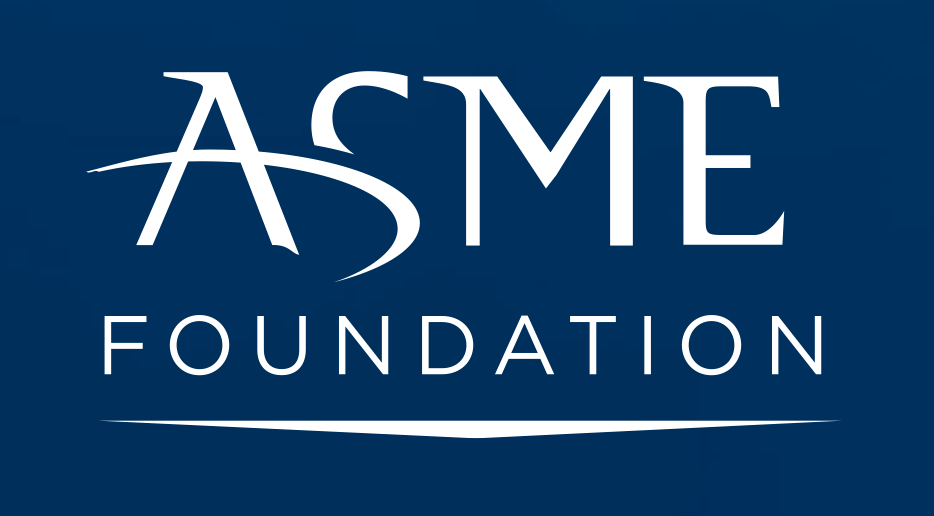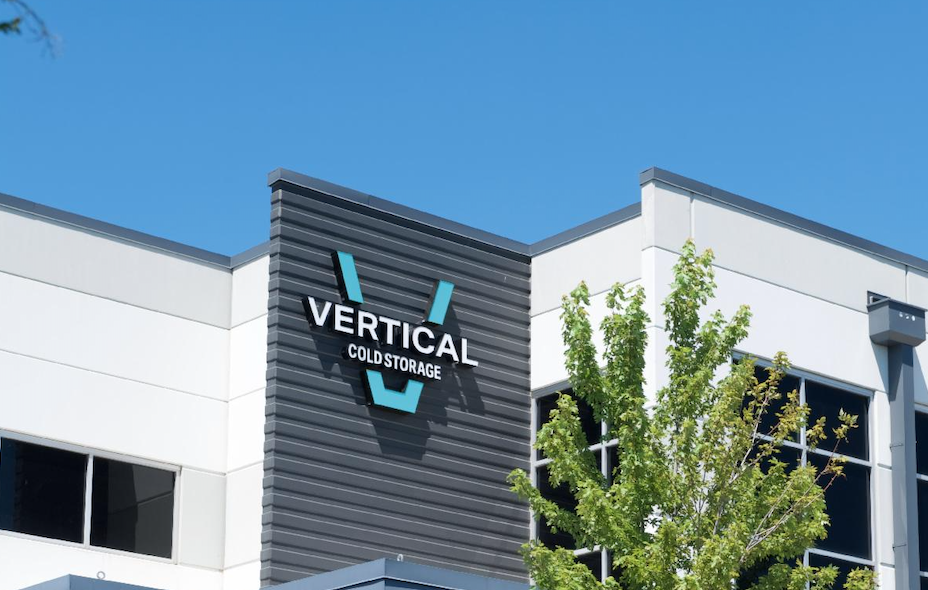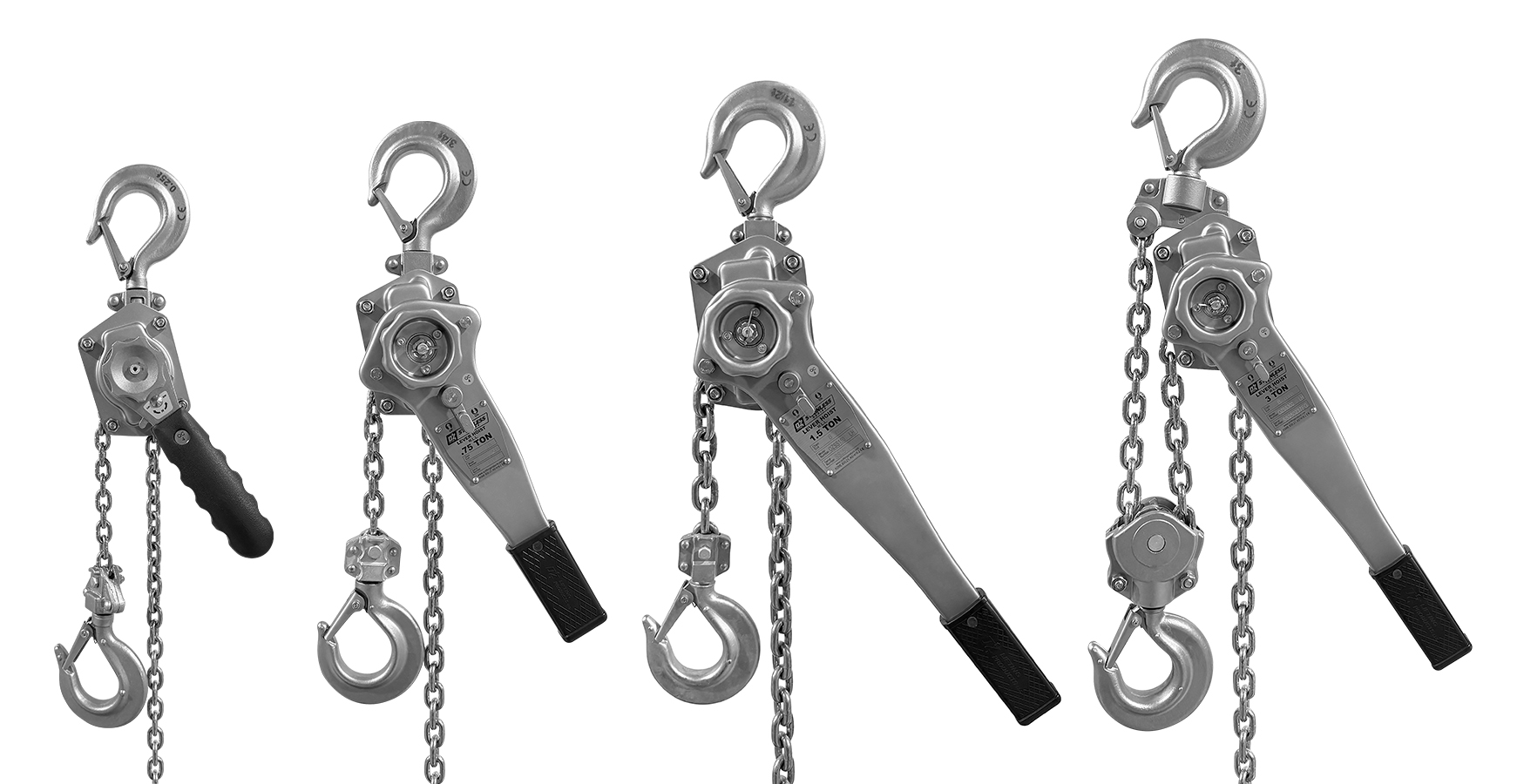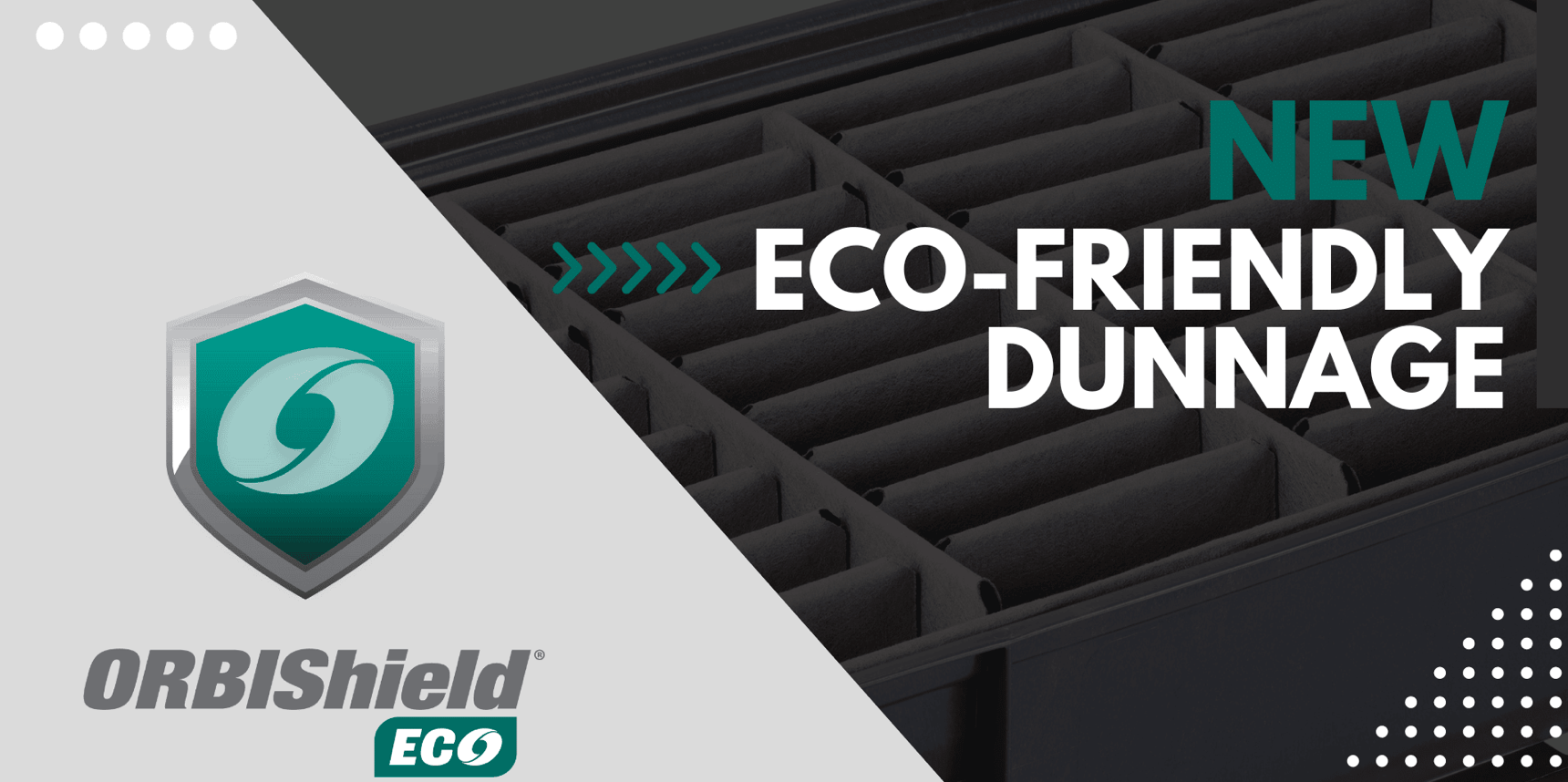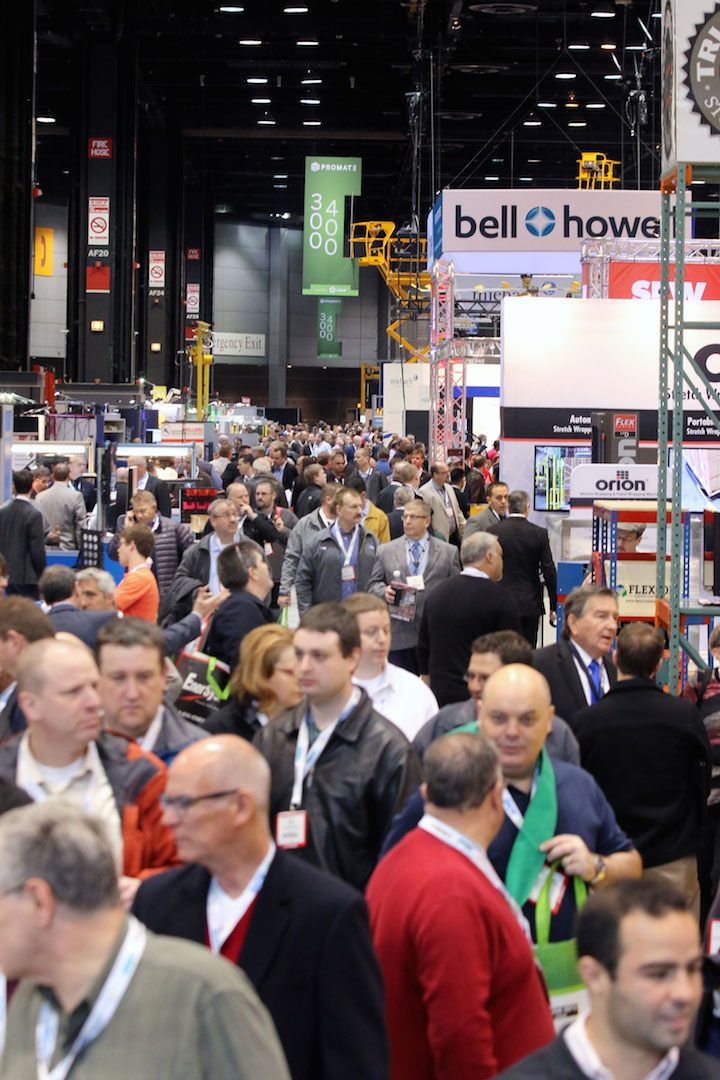Elebia Continues Evolution of Automatic Safety Hook Range
Barcelona, Spain-based Elebia has made available two major enhancements to its automatic hook range, which keeps crane operators and those responsible for rigging at a safe distance when connecting loads to lifting equipment.
The patented Elebia hook is equipped with a magnet that both attracts and positions slings and other rigging gear. Now, safety and productivity is further improved with optional additions—a new remote control system called the eMax and a load cell.
It represents the continued evolution of one of the most innovative products in the lifting industry. Eight years ago, Elebia was awarded a patent for the product, which was introduced to the market two years later as a failsafe, 5t capacity hook (the e5) that was able to remotely engage and release loads. In 2010, the e10 was launched before second generation versions followed (the evo5 and evo10) two years later and a evo20 was later unveiled.
Elebia CEO and founder Oscar Fillol Vidal said: “Our goal has always been to provide the most advanced and innovative crane hook in the world that enhances safety and productivity in lifting operations. Delivery of unprecedented safety and functionality to a variety of industries requires constant development of the entire product range.”
Vidal called this range an “ecosystem” of rigging components and below-the-hook equipment that includes slings, bags, sleeves, load cells, remote controls and even a heat shield that has recently been installed at a facility where cranes lift and move molten metal.
The range also includes the eMini remote control that fits on a glove provided by Elebia, but its use is typically suited to the operation of a single unit. The development of the portfolio and in particular the eMax and load cell technology was to a large extent instigated by end users who were increasingly using multiple units to lift heavy or long loads or employing hooks in demanding applications. This complexity of lift requires greater information about the load and advanced systems with which to operate and monitor that activity.
“Once we had a hook with state-of-the-art electronics, chargeable battery and radio communication, adding a load cell represented a natural forward step. That’s why we developed the eMax in turn,” said Vidal, of a product that contains a user control system and real time clock. All events—open hook, close hook, overload alarm, unbalance alarm, temperature alarm, service warning, etc—are recorded and exported to a spreadsheet via a USB port.
The latest technology allows users to store information about the use of the hooks and any overload situations that may have occurred. The load cell provides greater control of the load and increases productivity as weighing takes place during lifting operation.
“These enhancements will be embraced by existing and prospective customers who use lifting equipment in logistics, mining, ports, steel, nuclear, construction, manufacturing, chemical and wind applications, to name just a few,” said Vidal. “A load cell on a crane can provide information about the total load but not the load on each sling. Our automatic hooks with load cells and eMax technology can provide that integrated in a compact unit, while at the same time being able to remotely release and engage.”
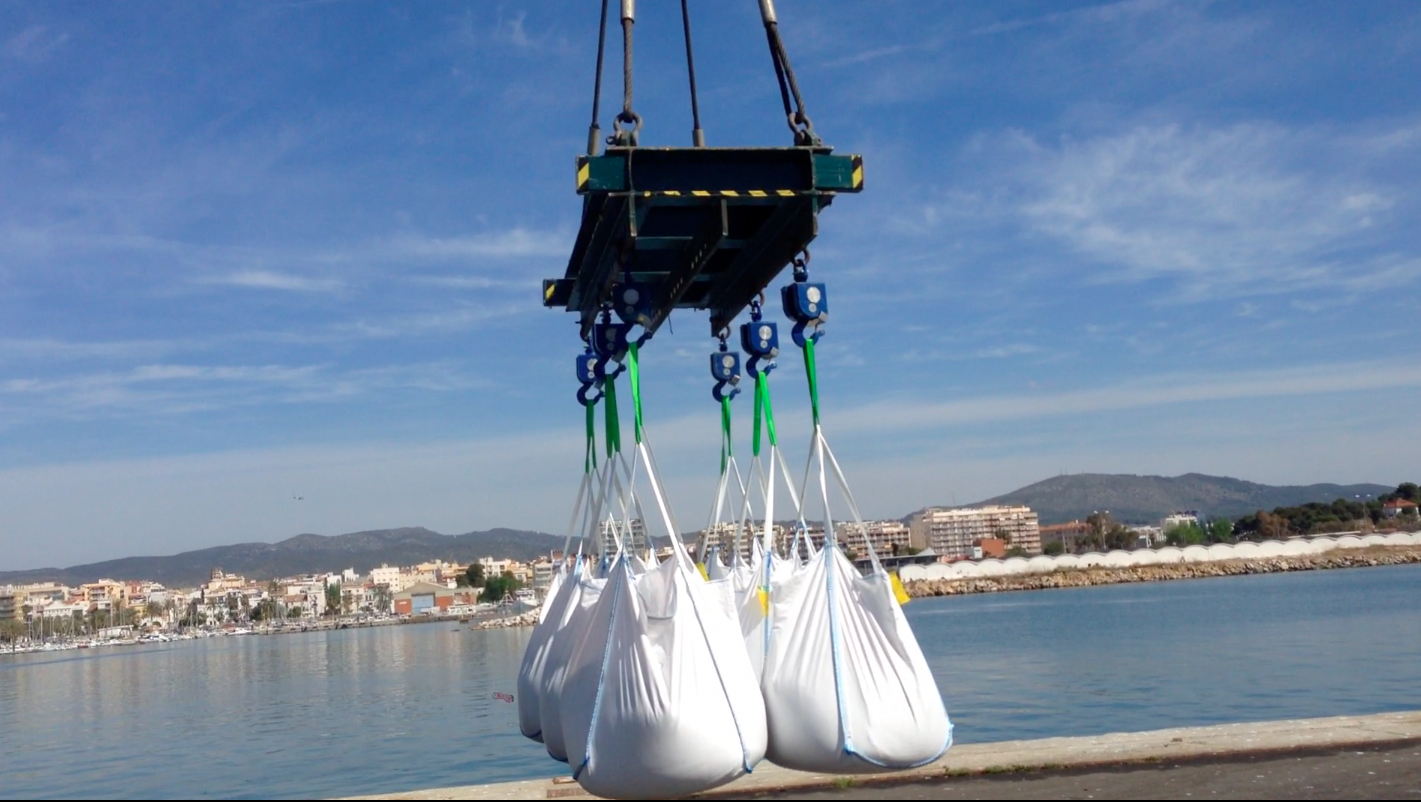
Development of the portfolio and in particular the eMax and load cell technology was to a large extent instigated by those using multiple units.
Research is already underway on a 100t capacity hook, while ATEX and IECEx versions are currently awaiting certification.


